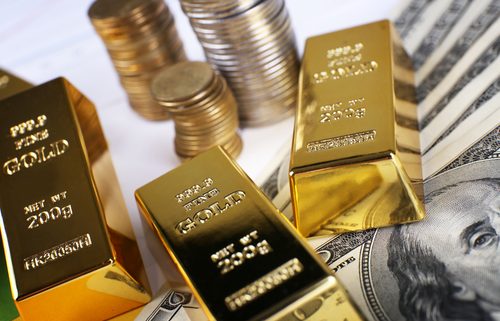What are the Quirks of Investing a Self-Directed IRA in Precious Metals?
You might have heard of retirement investing—using a Self-Directed IRA—to hold precious metals. Why do investors do this? And what are the “quirks” of investing money within a Self-Directed IRA in a nontraditional retirement asset like retirement?
Precious Metals in a Self-Directed IRA: The Lowdown
First, let’s discuss precious metals within an IRA and why investors sometimes choose to hold them in retirement. As an investment, precious metals are speculative in nature. They don’t produce a dividend. They don’t compensate you for owning them. This is in contrast to another type of investment, real estate, which should generate a regular cash flow as you own it.
Precious metals like gold, however, are not intended to be the same as real estate. They can serve the same purpose—for example, investors see precious metals as a hedge against inflation, much like real estate—but that doesn’t mean they’re the same type of investment.
Other investors view precious metals as a type of “insurance” in the investment account. While holding a large amount of gold in a retirement account can be a speculative play, those who view precious metals as a type of insurance on their investment bring a different perspective. They believe that the value of gold will hold up relative to the value of other assets in their portfolio. In this way, they can potentially reduce the risk and volatility of their portfolio. However, as a Self-Directed IRA Administration firm, American IRA does not make specific investment advice for holding any particular asset in your portfolio.
The Individual Quirks of Investing in Gold and Other Precious Metals
When using a Self-Directed IRA, there are some rules and regulations you’ll need to pay attention to if you’re going to successfully invest in gold. Let’s look at some of the most important “quirks” and notes about gold investing with a retirement account:
- Precious metals investing includes a variety of precious metals. When you’re talking about precious metals, that tends to include gold, silver, platinum, and palladium. However, gold is by far the most frequently used precious metal for investing. Its chief advantage is the efficiency with which you can store wealth using gold, given the price for a single ounce of gold.
- Annual valuations. Annual valuations will be based on the dollar value of the metals you hold in your IRA as of December 31st of the reporting year, which is why it’s important to pay attention to the price of gold and other precious metals at the end of the year. This is another reason why investors might want to take a long-term view of gold, looking at fluctuations from year to year rather than week to week or month to month.
- Carrying cost. There is some carrying cost when it comes to investing in precious metals, which won’t be news to anyone who has thoroughly research precious metals investing. In this case, an investor will use a depository to hold the precious metals. This depository then holds the precious metals for an annual fee. The good news about this arrangement is that it makes for a secure way to keep your investments separate from your personal holdings.
- Your Self-Directed IRA administration firm will not endorse any brokers/dealers. Choosing those brokers/dealers will be up to the investor, which means that you’ll hold yourself responsible for the kinds of gains you have in your portfolio. Although many investors consider gold a low-risk option, any investment or speculation carries some risk.
Interested in learning more about Self-Directed IRAs? Contact American IRA, LLC at 866-7500-IRA (472) for a free consultation. Download our free guides or visit us online at www.AmericanIRA.com.









